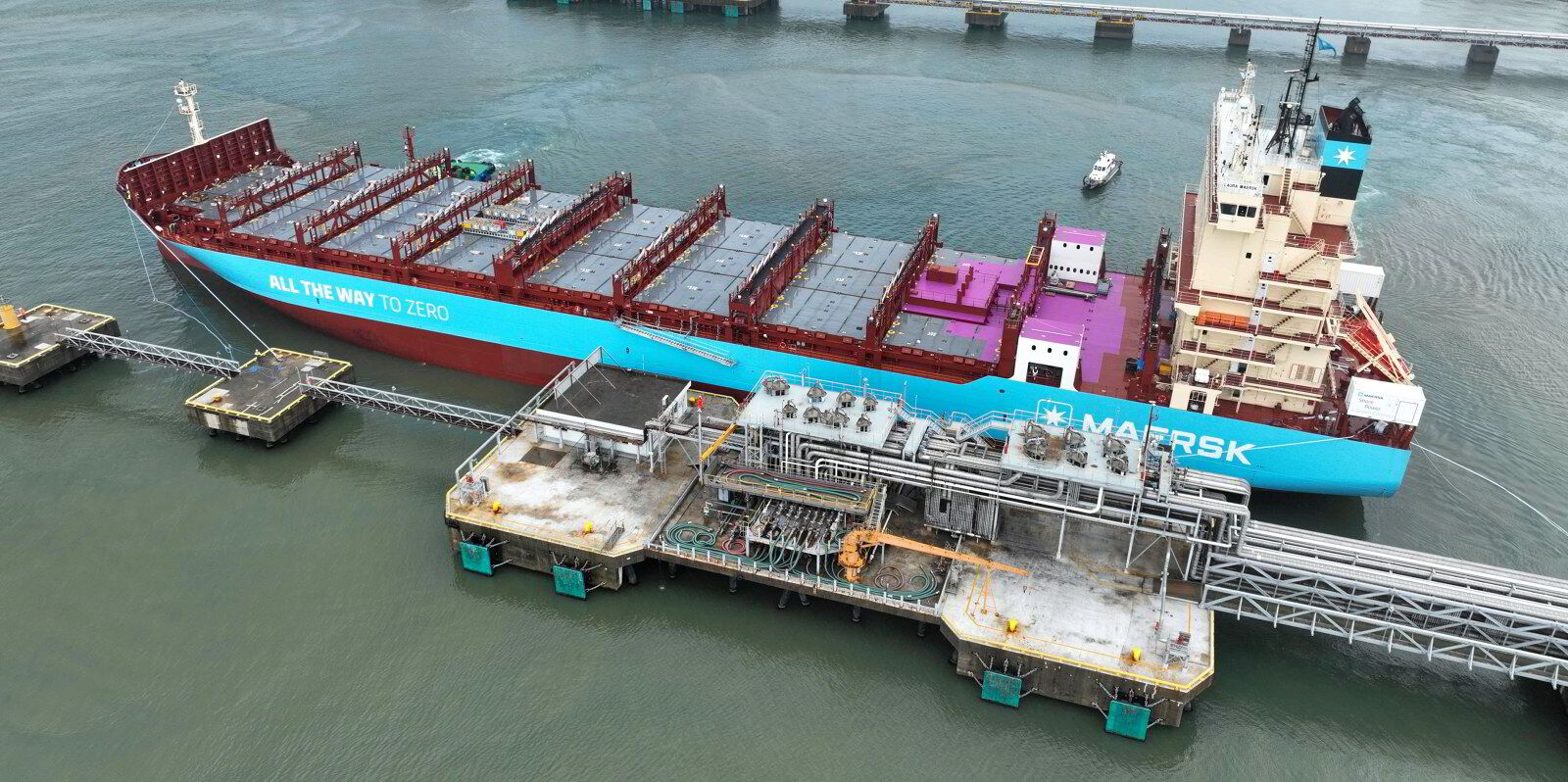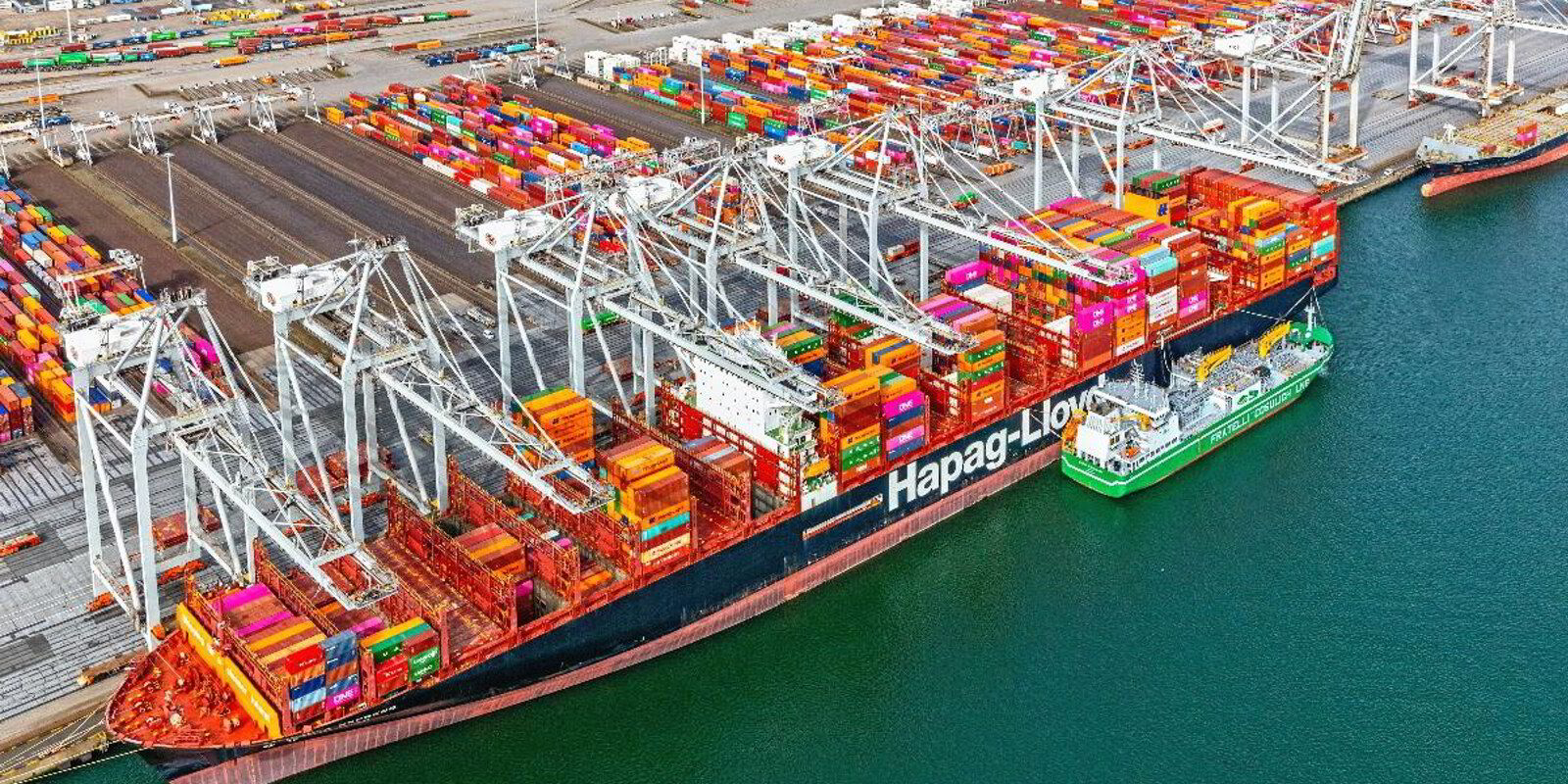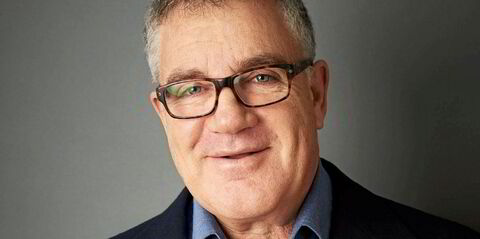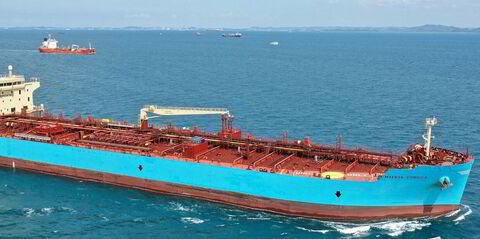Alternative fuels adoption faces a classic chicken-and-egg conundrum. Shipping companies want to be sure fuel is available before they order ships, but would-be producers want to be sure there is demand before investing in pumping out the volumes.
But a handful of shipowners and operators — mostly big-pocket, blue-chip names — are putting their money where their alternative fuel ambition is by investing in production start-ups.
AP Moller-Maersk and parent AP Moller Holding’s focus on methanol, CMA CGM’s pursuit of cleaner LNG and Mitsui OSK Lines’ venture capital activities have seen all three shipping giants invest in start-ups focused on green or blue fuel production or technologies that make it possible.

Most recently, gas carrier owner Navigator Holdings has invested in an ammonia production start-up — although in this case, it is aiming for cargoes rather than fuel for its ships.
And there is the Saverys’ Compagnie Maritime Belge, which founded hydrogen start-up CMB.Tech. Through a winding road of transactions, CMB.Tech is about to be the new name for much of the Belgian family’s entire shipping empire that had been sold to their majority-controlled Euronav.
After Japanese shipping giant MOL set up corporate venture capital firm MOL Switch in the heart of California’s Silicon Valley, it made investments in a variety of climate tech outfits.
Those included modular green ammonia technology maker Starfire Energy, as well as H2U in the hydrogen production space.
Feeling blue and green
MOL managing executive officer Tomoaki Ichida, who is also chief executive of MOL Switch, said the venture capital unit is not just looking at green fuels — those made from biological waste or renewable energy.
It is also looking at investing in the production of blue fuels — those that are produced in conjunction with carbon capture to reduce their greenhouse gas footprint.

“We just want to bet on new energies, no matter what the colour is — either blue or green,” he told TradeWinds.
And he said from a cost competitiveness perspective, blue fuels come first, while green is a longer-term prospect.
“Scalability is most important,” he said. “Without any supporting method or regulations, I dare to say it is very hard to promote green hydrogen, and at this moment the blue [fuel] is much more competitive in view of the scalability.”
MOL Switch’s investments include technology ventures that seek to reduce those costs.
In the production of green hydrogen, Ichida said electrolysers are among the most important factors in reducing the cost of the fuel.
Electrolysers use electricity and water to produce hydrogen, and when used in conjunction with renewable power, the fuel can be considered zero emissions all the way up the supply chain.
But they are notoriously expensive.
Social infrastructure goals
For Tokyo-listed MOL, it is not all about producing fuels for shipping. Ichida said the company is striving to be a social infrastructure company — so some of the fuel production technologies it has invested in are smaller scale than what the maritime industry needs to meet its energy needs.
AP Moller Holding is a majority shareholder in green methanol producer C2X, where container shipping giant Maersk has a minority stake in a bid to fill its orderbooks of container ships that will run on the fuel.
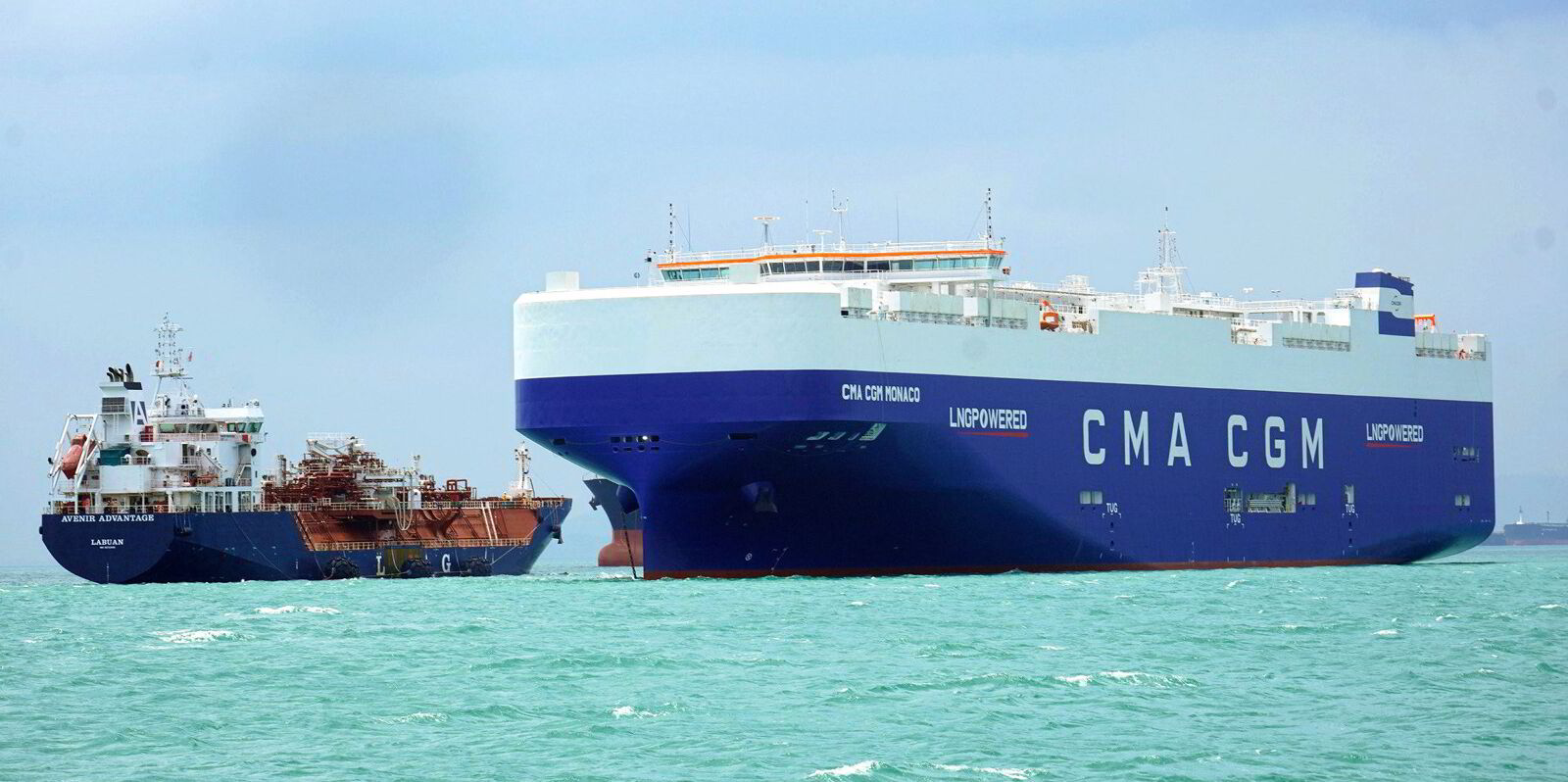
And in its quest for greener forms of LNG for its container ship fleet, France’s CMA CGM has invested in the power-to-gas project Jupiter 1000, which will produce synthetic LNG.
For Navigator, the New York-listed gas carrier owner that recently invested $2.5m in ammonia production start-up Ten08 Energy, with the possibility to raise that to $100m, the focus is on the cargoes of the future.
New, significant markets
In a recent analyst conference call, chief executive Mads Peter Zacho put it in the same realm as a move into liquefied CO2.
“Both are paving the way for new, potentially very significant markets for Navigator,” he said.
Fuel production is not a natural playground for a shipping company.
In July, the Global Maritime Forum’s Getting to Zero Coalition mapped out its fifth edition, a mapping of zero-emission pilots and demonstration projects.
Fuel production made up a rising share of the projects, increasing to 39% of the projects from 24% in 2023.
But the report also found that, as overall projects saw rising levels of collaboration, fuel production had the fewest number of projects with multiple stakeholders.
Arron Welling, a Global Maritime Forum project manager who was one of the report’s authors, said the lower levels of collaboration could be a result of these projects’ complexity and costs.
“When you’re looking at what it takes to set up a process and the whole chain, it requires a lot of advanced research, specialised facilities, specialisations and substantial capital as well,” he said.
“Some of those things can be a quite high barrier to entry to get involved in this and could limit potential opportunities for collaboration,” he said.
Read more
- Momentum for natural gas-powered ships puts bio-LNG in focus
- Capital Product looks to 2027 and beyond for clean ammonia trade to materialise
- Brazil’s Transpetro seeks international yards in hunt for product tanker newbuilds
- Uniper targets shipping fuel as it begins producing bio-LNG in Rotterdam
- US LNG exports have cut greenhouse gas emissions, study finds
- Shipping hopes for new dawn in Europe as Ursula von der Leyen looks to hit the reset button
